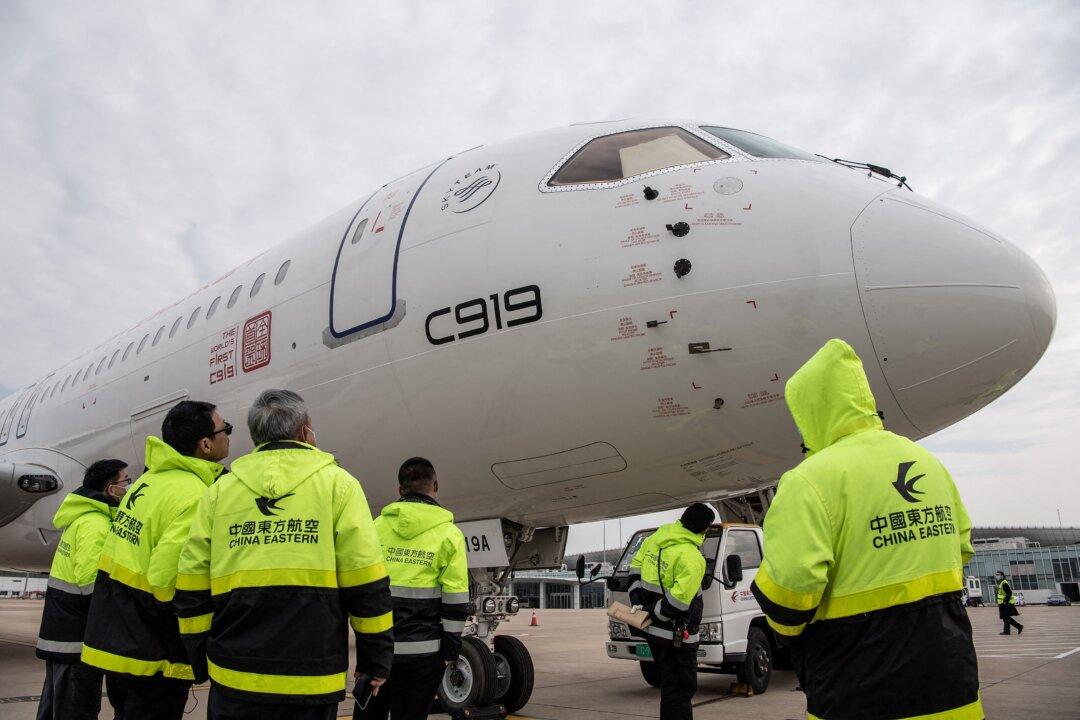Commentary
Missile defense is not only a reality in the Indo-Pacific but also a necessity. Nearly every country in the region is acquiring some kind of capability to blunt the threat from a proliferating number and variety of ballistic, cruise, and even hypersonic missiles.





